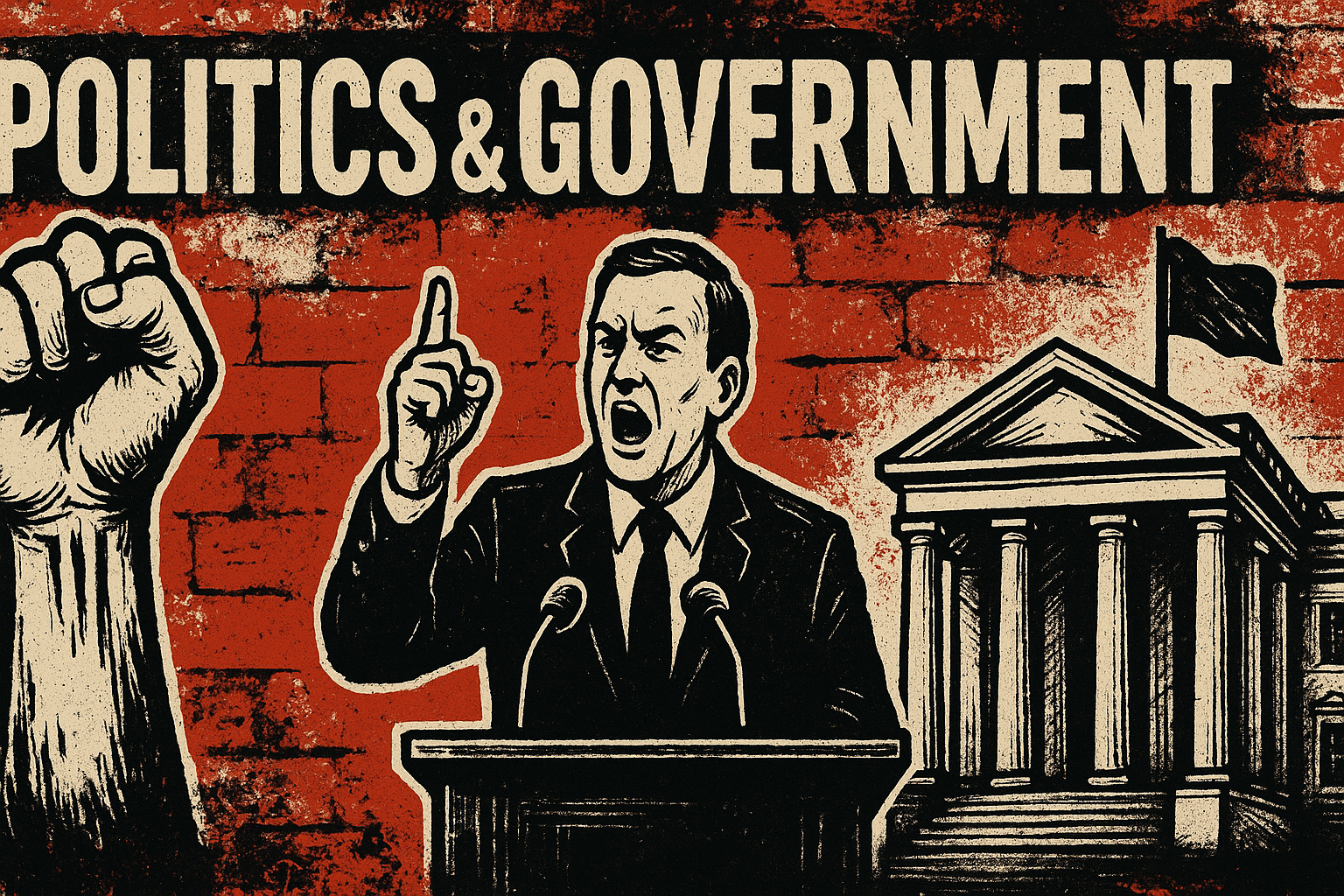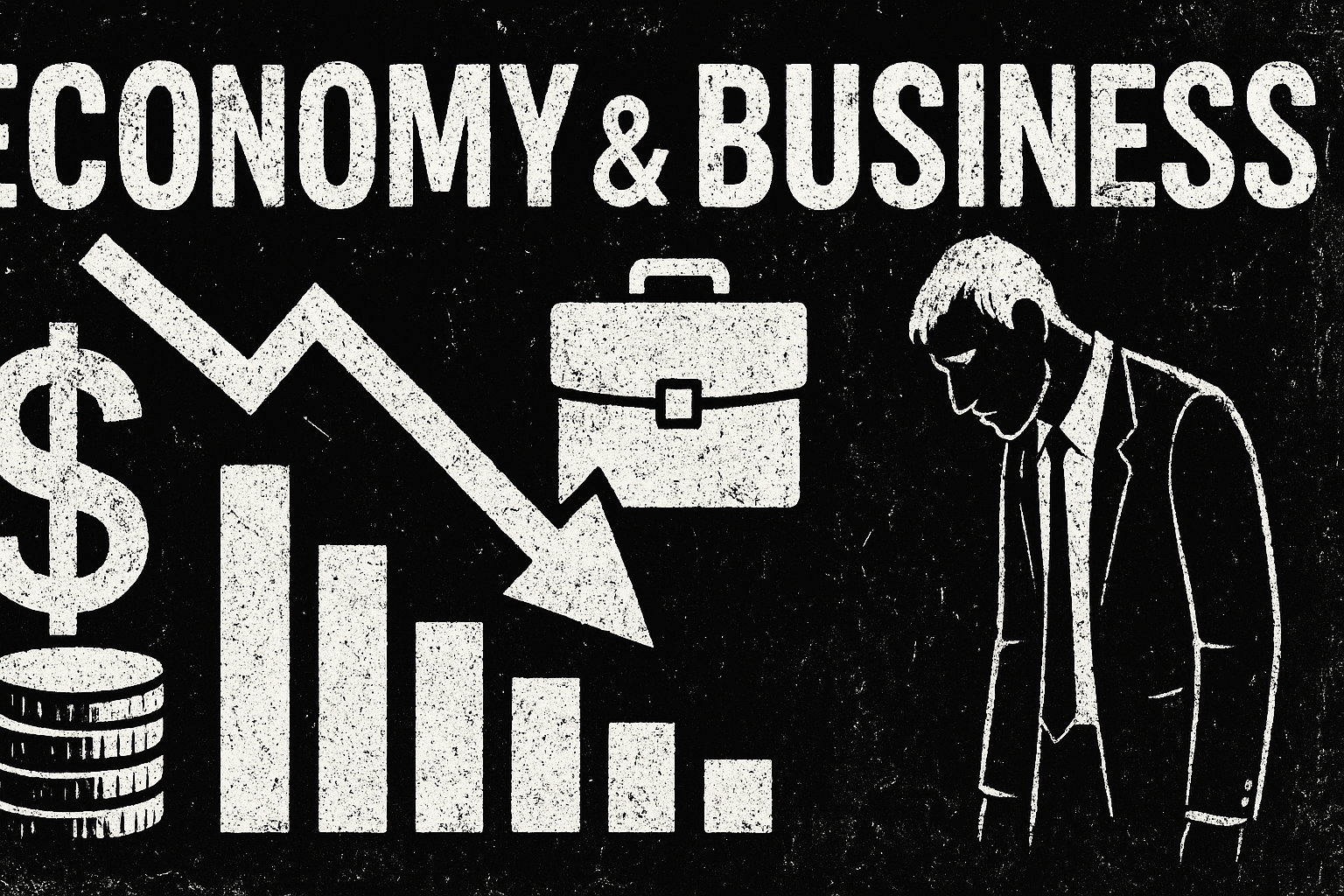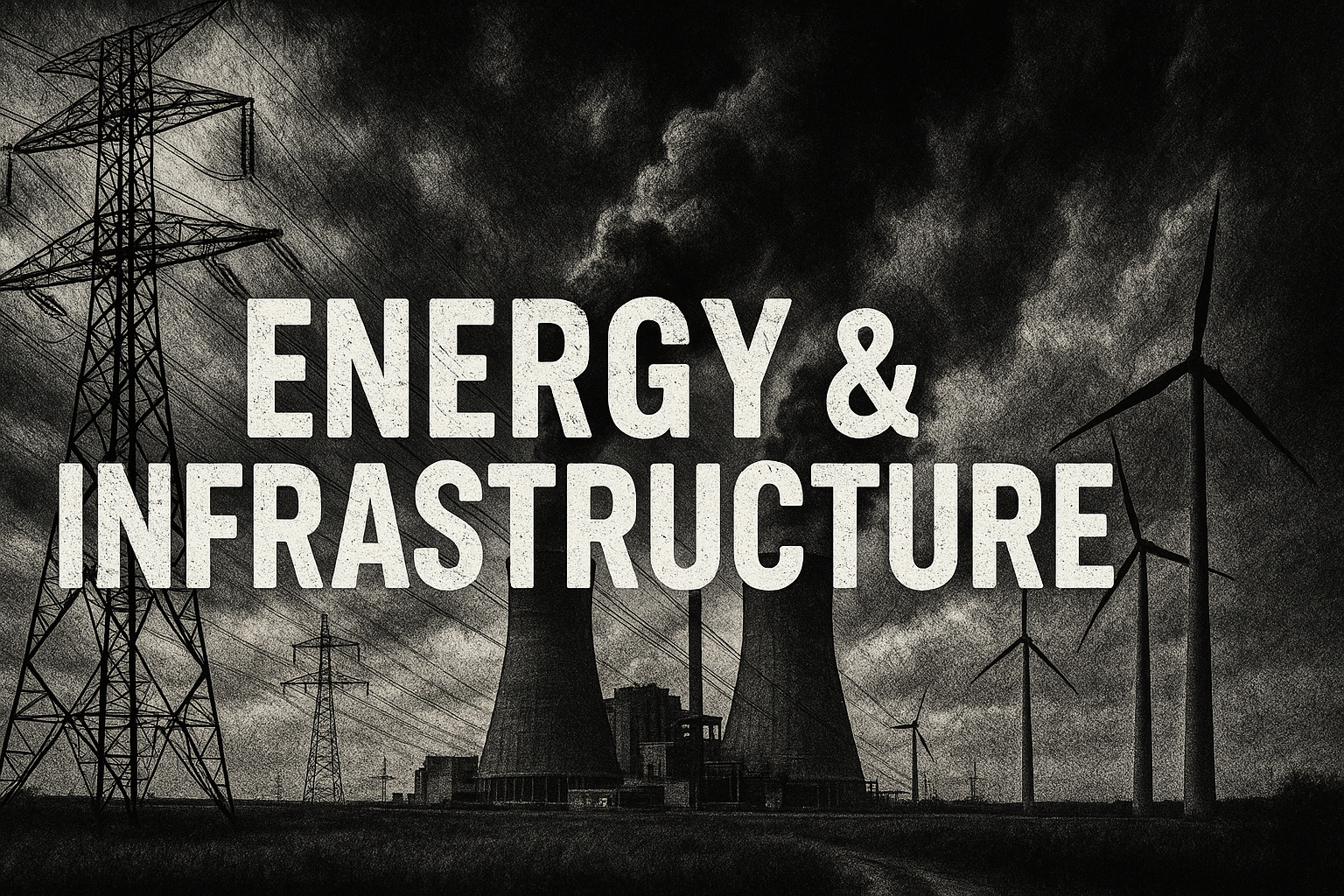EPA's Plan to Repeal Climate Rule Could Spark Legal Battles, Experts Warn

EPA Administrator Lee Zeldin’s proposal to repeal the agency’s endangerment finding, which underpins federal climate regulations, has raised concerns among legal experts and industry leaders. Zeldin claims the move would benefit U.S. industries by eliminating $1 trillion in “hidden taxes.” However, analysts warn it could expose companies to more lawsuits and empower Democratic-led states to tighten climate laws.
The endangerment finding, established in 2009, has been the legal foundation for greenhouse gas regulations under the Clean Air Act. Repealing it would undermine existing standards for carbon and methane emissions. While Zeldin argues the finding exceeded EPA’s authority, legal experts caution that the move could backfire.
Jonathan Adler, a law professor at William & Mary, describes the repeal as a “high-risk strategy.” He warns that eliminating the finding could weaken federal defenses against lawsuits and embolden states to regulate emissions independently. States like California might argue that without EPA action, they are no longer required to seek waivers for stricter regulations.
Jeff Holmstead, a lawyer representing industry clients, notes that removing the endangerment finding could open the door to federal tort lawsuits against polluters. The 2011 Supreme Court case American Electric Power Co. v. Connecticut blocked such suits under federal common law, citing Clean Air Act displacement. Without the endangerment finding, plaintiffs could argue this precedent no longer applies, exposing industries to broader litigation.
Environmental groups and states could also use federal common law to seek damages for climate impacts, potentially leading to injunctions requiring companies to cut emissions. Industry representatives warn this could disrupt operations and force costly changes.
As the EPA moves forward with its plan, the legal and regulatory implications for industries and states remain uncertain. The repeal could reshape the landscape of climate policy, leaving industries vulnerable to new legal challenges and state-level regulations.
Published: 8/5/2025
















